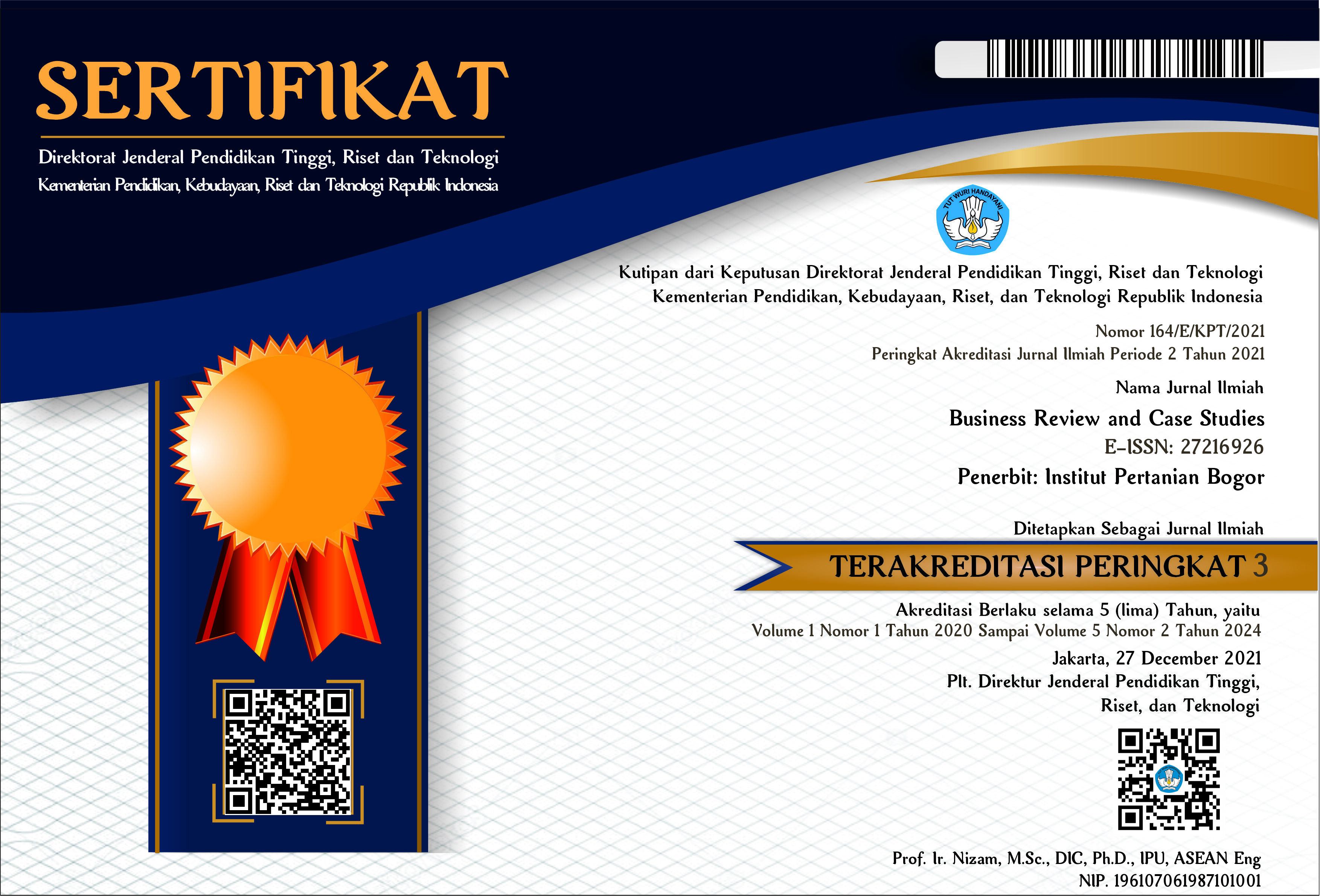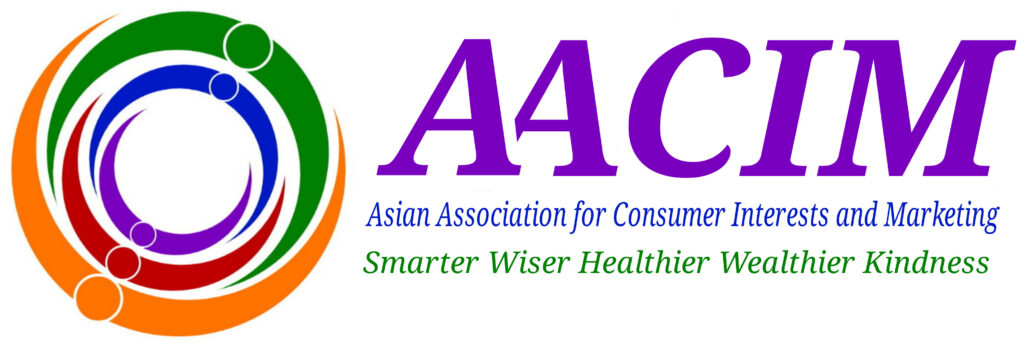Exploring The Effect of Brand Awareness, Content Marketing, and E-Wom On The Purchase Intention For Oriflame
Abstract
Background: Globalization and technological advancement have exposed diverse brands to connect to broader markets. Indonesia's beauty industry has been rapidly growing in recent years. Due to the burgeoning phenomenon in the beauty industry, beauty lines have leveraged to penetrate the Indonesian market. New players, both on a global and domestic scale, actively emerge over time.
Purpose: This research aims to determine whether there are simultaneous and partial influences of brand awareness, content marketing, and e-WOM on purchase intention at Oriflame Medan.
Design/methodology/approach: Data for this research was obtained by distributing online questionnaires to 100 respondents in Medan who at least know or have ever used Oriflame cosmetics products. Multiple linear regression is employed to assess the relationship among variables.
Findings/results: The F-test results presented that Brand Awareness, Content Marketing, and e-WOM simultaneously influenced Purchase Intention at Oriflame Medan. The t-test results demonstrated that Brand Awareness partially influenced Purchase Intention at Oriflame Medan, Content Marketing partially influenced Purchase Intention at Oriflame Medan, while e-WOM had no partial influence on Purchase Intention at Oriflame Medan.
Conclusion: Brand Awareness had a partial effect on the Purchase Intention of Oriflame Medan; Content Marketing had a partial effect on the Purchase Intention of Oriflame Medan; e-WOM had a partial effect on the Purchase Intention of Oriflame Medan; and Brand Awareness, Content Marketing, and e-WOM had a simultaneous effect on the Purchase Intention of Oriflame Medan. The biggest factor that escalated the likelihood of consumer purchase intention was brand awareness, followed by content marketing.
Keywords: brand awareness, content marketing, e-wom, purchase intention







.jpg)






